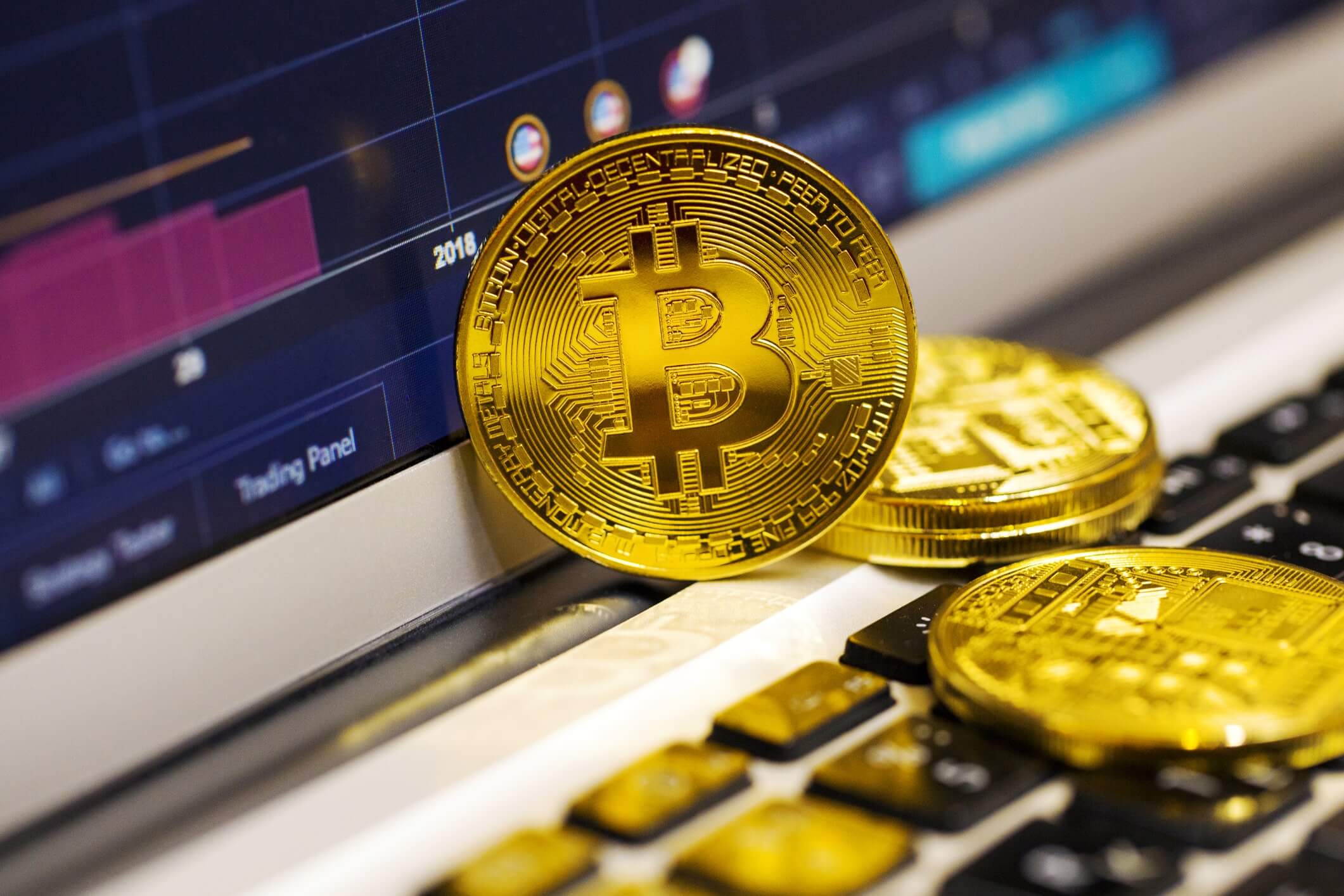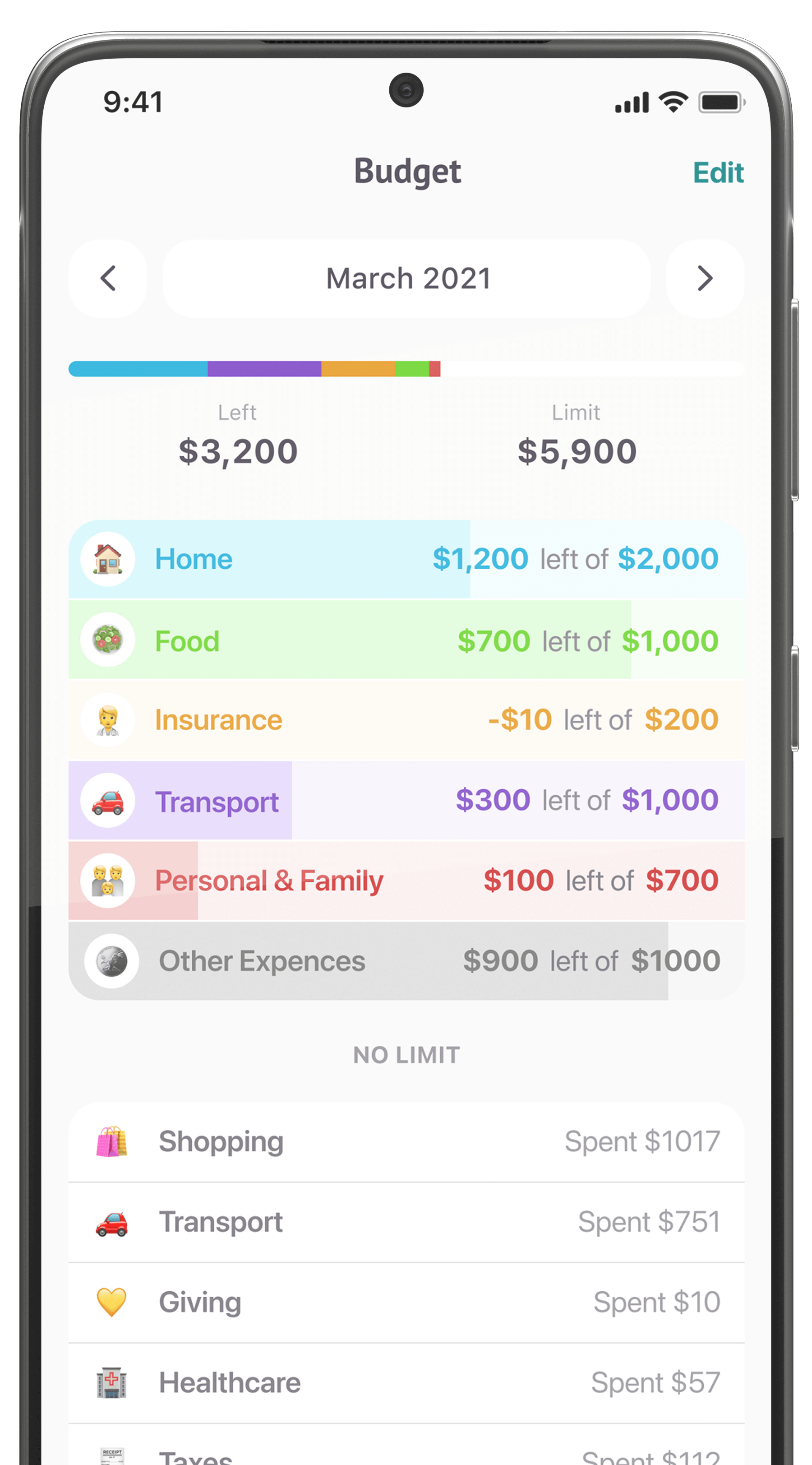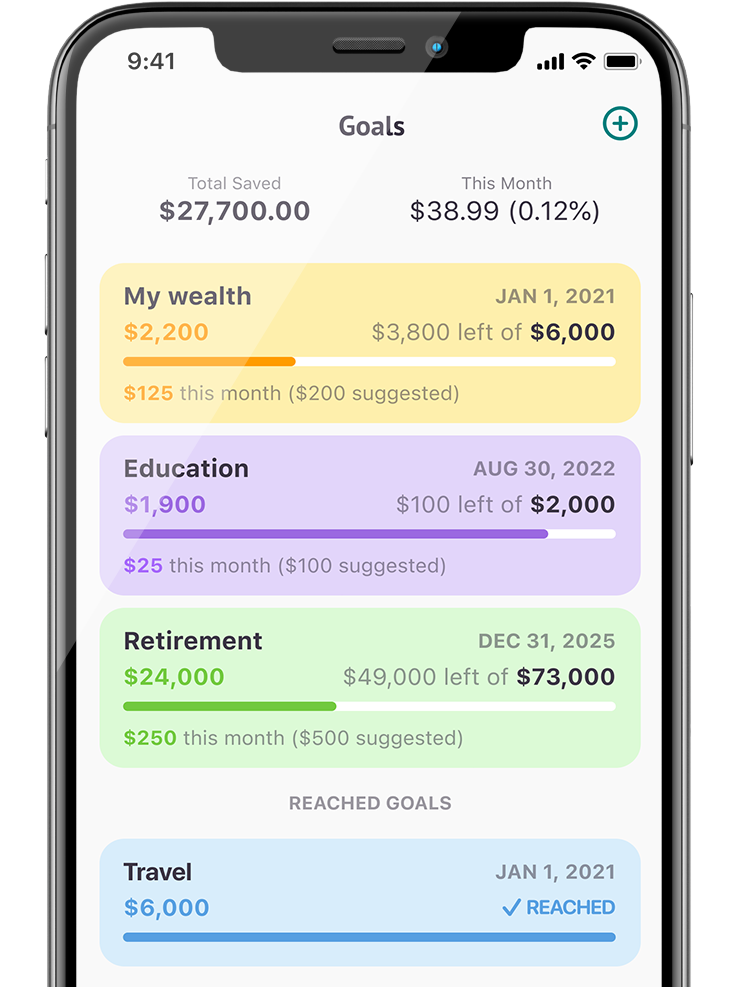When you’re choosing a home, you don’t just choose one based on the outside. You want to know how sturdy the house is, what the neighborhood has to offer, how much the place costs, and a long list of other things. Choosing a bank isn’t quite as big a decision, but you don’t want to just blindly pick a checking account and let your money sit there. You’ll want to look into factors like the bank’s reputation and insurance coverage, its online vs physical presence, the available products and fees, and, increasingly, how good its technology is.
Reputation and Insurance – important factors when choosing a bank
In the US, most deposit products (checking accounts, savings accounts, certificates of deposit, etc.) are covered with up to $250,000 of FDIC deposit insurance. Translation: even if something happens to your bank, you’ll get $250,000 dollars back per account. If you have more than 250K, store it in different accounts—they’re separately insured.
Mutual funds, annuities, stocks, bonds, and other nondeposit products are not covered by the FDIC. If all the companies in your portfolio take a nosedive, for example, you’ll have to take the loss, making these products riskier. However, the Security Investors Protection Corporation (SIPC) does provide insurance against cases of fraud or failure on the part of the brokerage firm. If the brokerage firm goes down, you can get up to $500,000 back, $250,000 of which can be cash.
Just because products are covered by insurance, though, doesn’t mean you should feel safe putting your money just anywhere. Even if insurance does eventually pay you back, it still means that the funds you lost will be locked up for a while. When considering a bank’s reputation, then, there are a few main factors you should be looking for:
- FDIC/NCUSIF insurance backing: Any bank that you put your money in should come with FDIC deposit insurance. If it’s a credit union, it should have NCUSIF insurance. Brokerages should be SIPC members. If the bank/brokerage is uninsured, don’t put your money there.
- Size: Bigger banks aren’t always better, but size can help. Banks with larger total asset sizes are probably more reliable bets in general, but the quality of a bank’s assets and how it’s invested them can also make a difference. Companies like Bankrate are good resources for checking how well a bank is doing in general.
- Customer service quality/accessibility: Good customer service doesn’t necessarily mean that a bank is financially stable, but it can make a big difference for you, the customer. Being able to resolve issues quickly and easily is a big part of what separates bad banks from good banks.

Online vs Brick-and-Mortar
As financial transactions involve less and less cash, the need for brick-and-mortar banks is also decreasing. Many people, especially younger generations, are comfortable having online access as their primary or only means of interacting with banks, and that’s where the money is (literally) going. Online-only banks have been popular for quite some time, and the “neo-bank” trend (web/mobile applications with a traditional bank taking care of the finance) is an even bigger step away from the physical world.
Online banking comes with a lot of advantages:
- Well-designed interfaces/good tech
- Higher interest rates (no physical infrastructure overhead costs!)
- Fewer fees (again, no overhead)
- Easy sign-up process
But brick-and-mortar banks still have the edge on their digital competitors in some areas:
- In-person assistance—you can walk into a branch and talk with someone
- Can handle cash more easily
- A wider range of products and services, like safe deposit boxes and wire transfers
Customer service is probably a traditional bank’s biggest plus, but online banks are leveraging their technological strengths, aiming for shorter wait times on phone calls and exploring new support options, like AI-enabled chatbots. A well-designed bot can often find you all the answers you need. If chatting with an AI or getting support on the phone sounds like a good tradeoff for higher APYs, an online bank may be for you!

Financial products, fees, and other factors when choosing a bank
Your choice may also depend on whether you need a checking account, a savings account, or an investment product. If you go looking, you’ll find a lot of options, but they’re certainly not all created equal. A few general things you should keep an eye out for are:
- Interest rates: You don’t generally keep your money in a checking account for high returns, but for a savings account, getting a good APY is essential. Interest rates are an even more important criterion to consider when looking for less flexible products, like Money Market Accounts (MMAs), Certificates of Deposit (CDs), et cetera.
- Fees: Monthly maintenance fees, minimum balance charges, ATM fees, overdraft fees, inactivity fees… some accounts can come loaded down with lots of extra charges that don’t make it into the advertising materials. Make sure you know what they are before you sign up!
- Features: If you have any sort of special requirements, like small business operations, loans, international transfers, et cetera, you’ll want to consider those factors as well.
- Specials: Banks run sign-up deals and promotional interest rates all the time. If you see a good one, it might be worth it to sign up to get the deal.
Don’t be afraid to shop around. It’s not a bad thing to have accounts at multiple banks, as they often offer different deals and different products. You might find a good CD at one bank and a good savings account at another, or maybe a brick-and-mortar bank to supplement your online institution. As long as you don’t overdo it (too many accounts can be confusing!) there’s no harm.

Available technology
Since most of our day-to-day banking is done online, having an effective way to access the digital side of our institutions is essential. If you need a nice user interface and an up-to-date range of financial services accessible via the internet, you’ll want to find a tech-savvy bank. Decent web interfaces are fairly common, but as smartphones become the norm, apps are catching up.
Predictably, online-only banks and neobanks tend to have the best apps and websites, but there’s also a correlation between size and quality. Simply put, bigger banks have more money and more incentives to develop their digital access options. This isn’t necessarily a guarantee, though—regional banks and credit unions can have surprisingly good digital options. Since technologies change quickly, make sure whatever information you find about a bank’s online interface is up-to-date.
How do I choose a bank?
The internet has made it easier than ever to compare banks and banking products, but it’s also made choosing a bank seem a little more overwhelming. There’s no single answer for “what’s the best bank/product?” since it depends on each individual’s needs. As quickly as technology creates problems, though, it doesn’t take long to come up with solutions. AI chatbots, like Finmatex, are a great example of how complex decisions can get a little simpler. There’s no substitute for doing your own research and learning basic financial principles, but chatbots can do a lot of the searching and sorting work for you.











